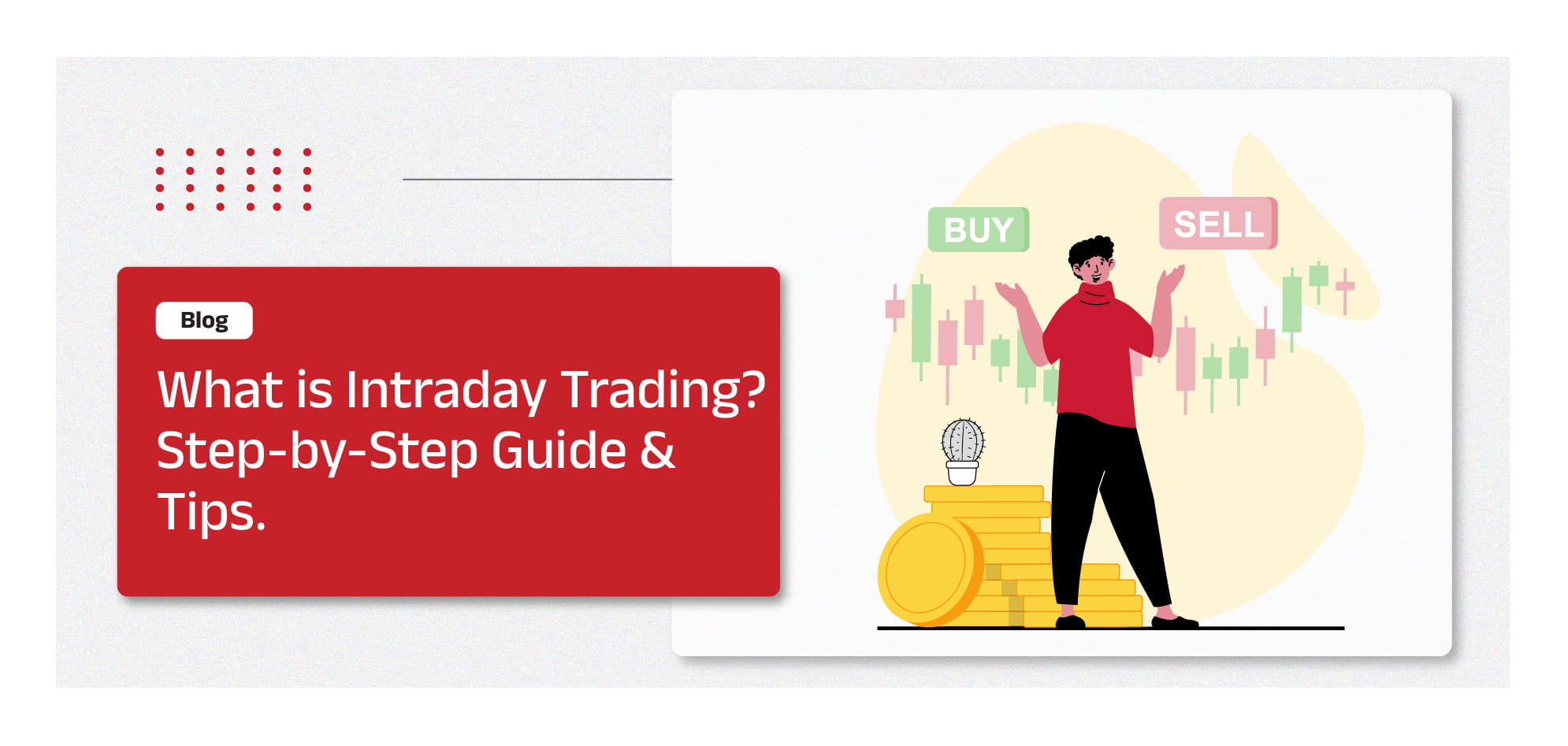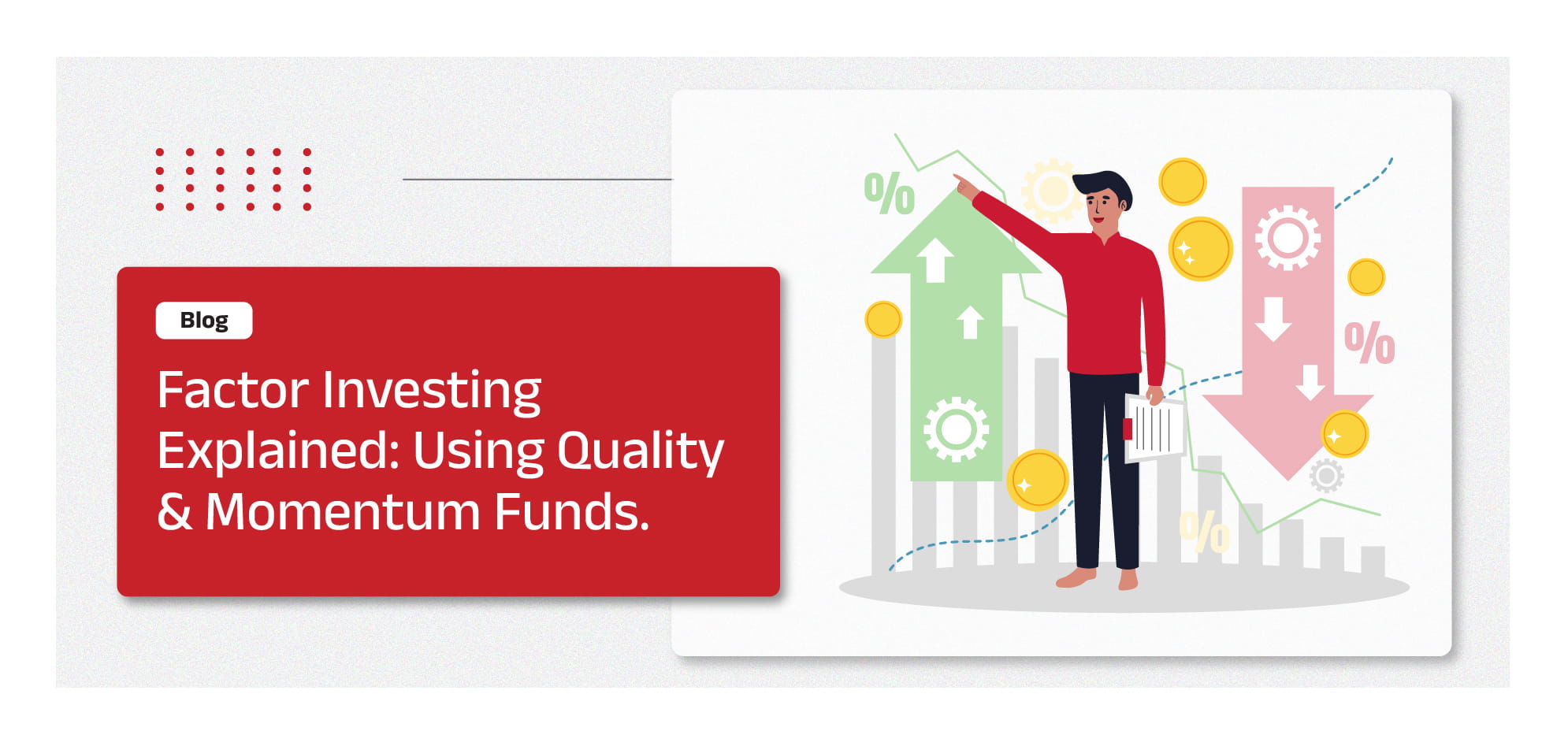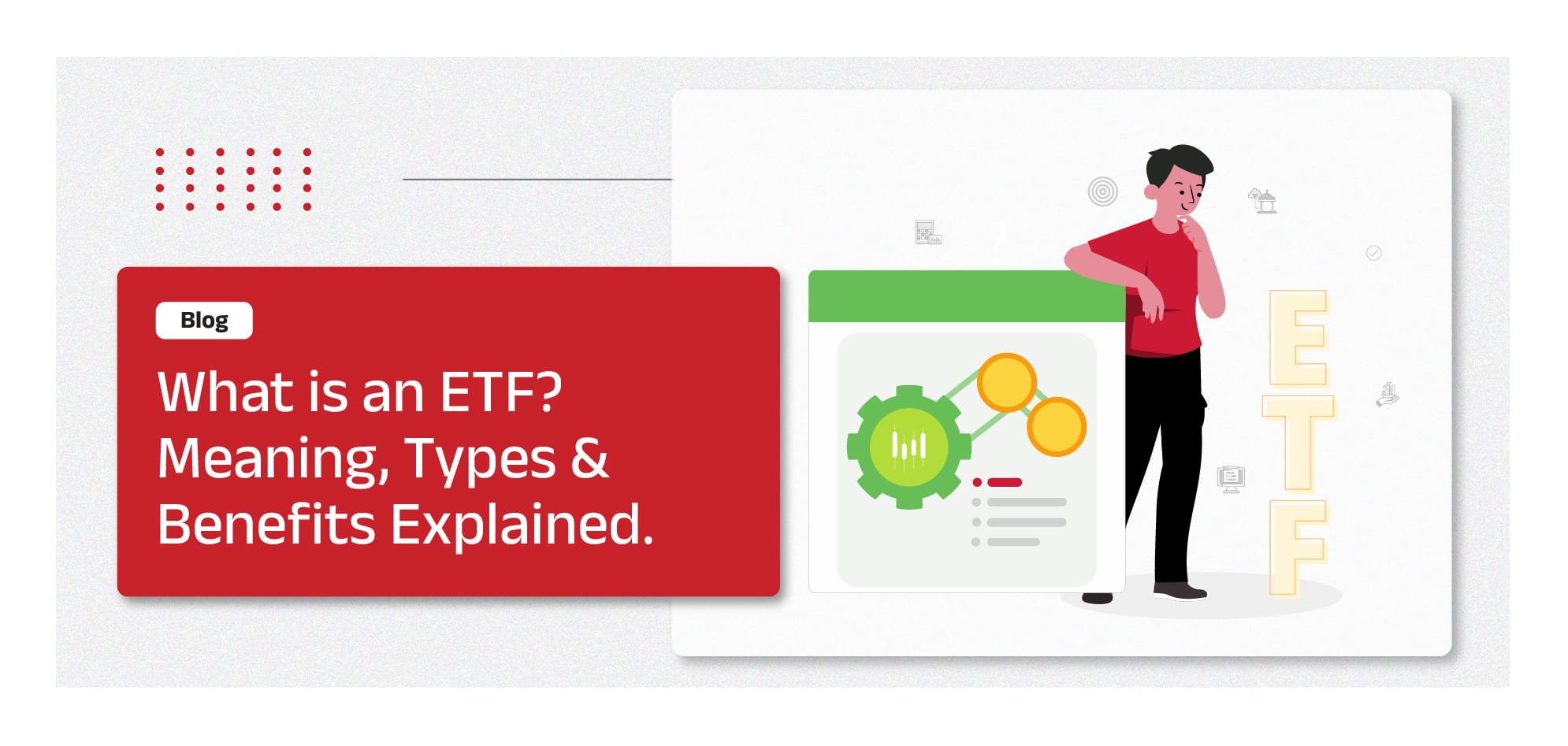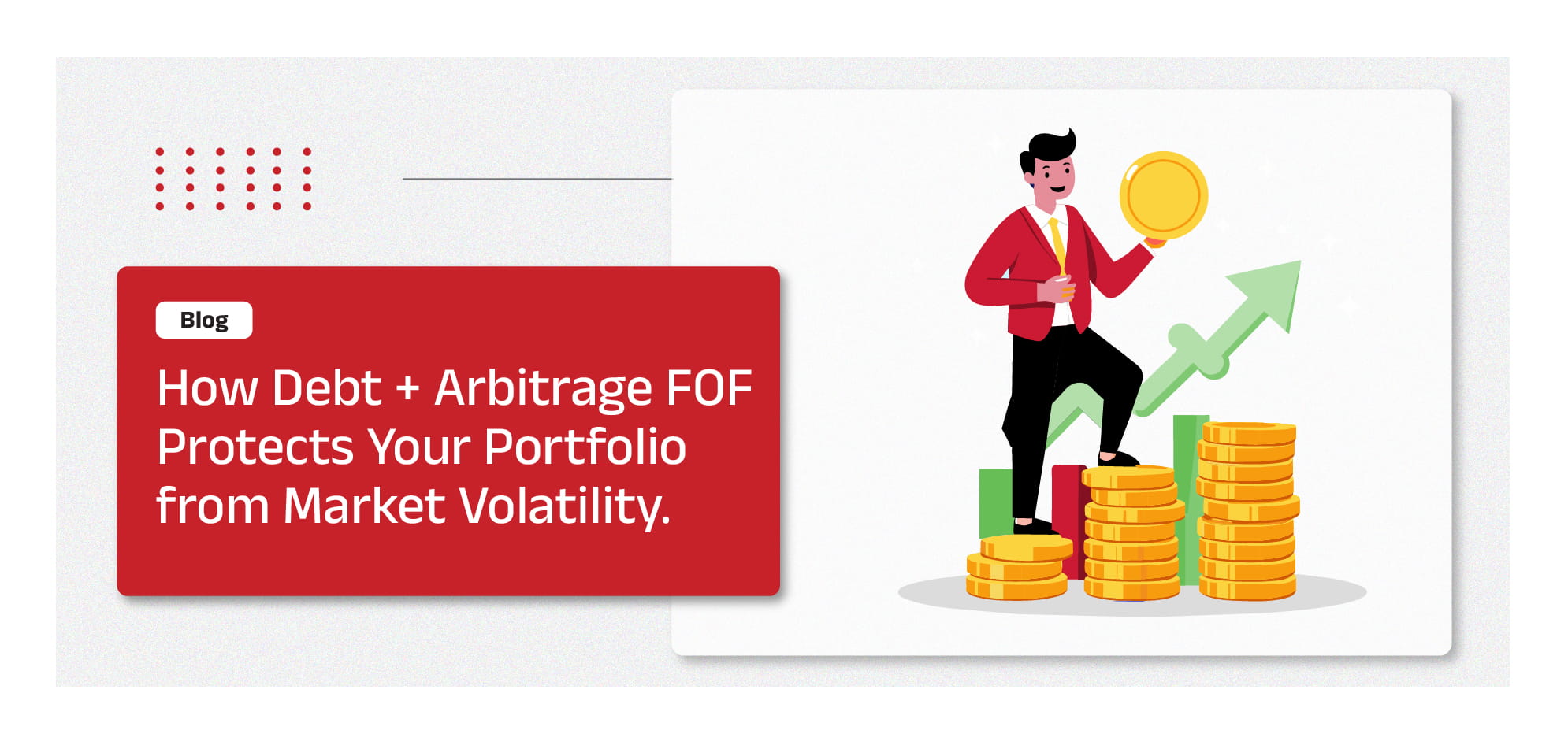-
Our Products
Our FundsFocus Funds
-
Self Care
Self-ServiceFind InformationWays To TransactPartner Solutions
-
Downloads
- Learnings
- About Us
-
More
-
Shareholders
-
Shareholders
-
Updates
-
-
SIP Calculators
- Back
-
Shareholders
ABSL Large Cap Fund
Equity
Large Cap Fund
An open ended equity scheme predominantly investing in large cap stocks.
Annualized Returns %
Annualized
Returns %
Aditya Birla Sun Life Large Cap Fund
SIP Amount
Min . ₹ 100
Lumpsum Amount
Min. ₹ 100
Aditya Birla Sun Life Large Cap Fund Overview
Aditya Birla Sun Life Large Cap Fund is an open ended equity scheme predominantly investing in large cap stocks
Investment Objective
The objective of the scheme is long term growth of capital, through a portfolio with a target allocation of 100% equity by aiming at being as diversified across various industries and/ or sectors as its chosen benchmark index, NIFTY 100 TRI. The secondary objective is income generation and distribution of IDCW.
You may invest if you are:
-
Aiming for potential long term capital growth
-
Aiming to have a diversified portfolio of large cap stocks.
-
Want to start investing in a large cap fund with investments as little as Rs.100.
Click Here to know More about the Equity Funds
Fund Details
CAGR
Latest NAV
AUM
Inception Date
Risk
Investment Horizon
5 or more years
Annualized Benchmark Returns
Min Investment
Entry load
NIL
Exit load
1%
Total Expense Ratio (TER)
Sharpe Ratio
Beta Ratio
Other Parameters
Standard Deviation
Modified Duration
-
Yield to Maturity
-
Portfolio Turnover:
-
Average Maturity
-
Macaulay Duration
-
Net Equity Exposure
-
Fund Managers

Mr. Harish Krishnan
Riskometer
ABSL
Large Cap Fund
(An Open ended equity scheme predominantly investing in large cap stocks)
This product is suitable for investors who are seeking
-
Long term capital growth
-
Investments in equity and equity related securities, diversified across various industries in line with the benchmark index, NIFTY 100 TRI
*Investors should consult their financial advisers if in doubt whether the product is suitable for them
Dividend History
Any income received under this option would be considered as income for the investors and hence would be taxed at applicable tax slab rates.
Investment Performance
IDCW Plan of this scheme has distributed income to its investors out of its earnings, from time to time. The details of the same is tabulated:| Declared on date | IDCW Yield (Regular Plan) | IDCW Per Unit | Cum IDCW NAV |
|---|
Fund Summary
Large cap companies have established themselves as leaders in their respective industries, demonstrating strong fundamental characteristics that can position them to navigate challenging market conditions.
Aditya Birla Sun Life Large Cap Fund is an open-ended equity scheme predominantly investing in large cap stocks.
Its strategic focus on large caps can provide investors with the opportunity to capitalize on the growth potential of the industry-leading companies.
Investing in this fund grants access to professional fund management and expertise. The fund managers actively monitor and adjust the portfolio to seize market opportunities while aim to effectively managing risks.
Can be suitable for investors with long-term financial goals beyond 5 years.
Also Read More about Large Cap Funds
Fund discipline
-
The Scheme allocates at least 80%-100% of the net assets to Equity and Equity related Instruments of Large Cap Companies
-
It diversifies investment across sectors and stocks to avoid over-exposure to a single sector or stock.
-
The scheme is flexible to invest in Equity and equity related instruments of Companies other than Large Cap (to the extent of 20% of net assets) to capitalise on opportunities as they arise.
-
The scheme may also invest up to 20% of the net assets in Debt and Money Market Securities and Money market instruments (Including Securitised Debt).
Tax Applicability
For any investments redeemed on or after April 1, 2025
- Short Term Capital Gains will now be taxed for investments held within 12 months at 20%
- Long Term Capital Gains will now be taxed for investments held beyond 12 months at 12.5%
The above rates are exclusive of surcharge and cess. Request you to take advice of tax/legal/accounting/financial/other professionals prior to taking any decision, acting or omitting to act
Forms & Downloads
Investors also viewed
Don’t know where to start? Start here!
Frequently Asked Questions
There are two ways in which you can invest in this fund.
o Via Direct Plan - involves purchasing units of the fund directly from Aditya Birla Sun Life Mutual Fund
o Via Regular Plan – involves investing through a distributor or broker of your choice
Both these plans have a common portfolio but separate NAVs. This is because they both apply different expense ratios. Your choice of plan thus directly impacts the returns from your investment.
To redeem your investments in the direct plan of Aditya Birla Sun Life Large Cap Fund, you can use their mobile app or desktop webpage and select a specified amount or number of units to redeem. For investments made in the regular plan through Registrar and Transfer Agent (RTA) or Mutual Fund Distributor (MFD), you can submit a duly signed redemption form to the respective RTA/MFD or redeem online through their portal, if available.
Yes, you can invest in Aditya Birla Sun Life Large Cap Fund via SIP or lump-sum route. The choice of mode of investing will be guided by your investing objective, risk appetite and investment horizon.
Popular Searches
Mutual Funds Investment
Equity Funds
Debt Funds
Hybrid Funds
Index Funds
ETF
Fund of Funds (FoF)
Target Maturity Funds
What is a Mutual Fund?
What is Equity Fund?
What is Index Fund?
Types of Mutual Funds
Systematic Transfer Plan (STP)
SWP in Mutual Funds
Balanced Advantage Funds
Open-Ended Schemes
What is ETF?
Mutual Fund Tax Benefits
Expense Ratio
IDCW
What is AUM?
What is AMC?
Indexation in Mutual Funds
One Time Mandate
Exit Load
What is Bank Nifty?
What is Finnifty?
What is Nifty?
What is Tax?
What is Debt?
What is ITR?
What is Chapter VI (A)
What is Investment?
Compound Annual Growth Rate (CAGR)
- Performance Graph





 1800-270-7000
1800-270-7000




























